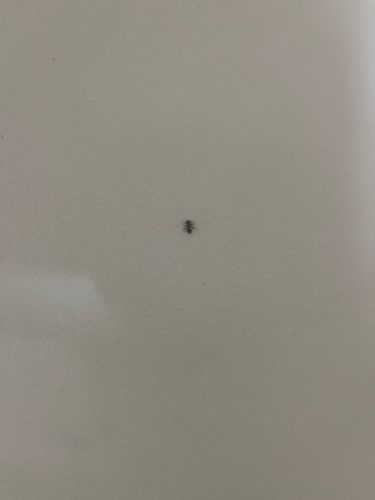Fruit Fly
Scientific Name: Drosophila melanogaster (common species)
Order & Family: Diptera (Order), Drosophilidae (Family)
Size: Typically 2-4 mm (0.08-0.16 inches) in length.

Natural Habitat
Often found around fermenting fruits and vegetables, kitchens, waste areas; common in homes, restaurants, and grocery stores.
Diet & Feeding
Feeds on decaying and fermenting fruits, vegetables, and other organic matter. Also attracted to sugary liquids like juices, sodas, and alcohol.
Behavior Patterns
Highly attracted to ripening and fermenting produce, often found hovering around these sources. They have a short life cycle (about 2 weeks) and reproduce rapidly. They lay eggs on the surface of fermenting food. Known for their erratic and 'drunken' flight patterns.
Risks & Benefits
Potential Risks: Can be a nuisance pest, contaminating food products. While not known to transmit diseases to humans, they can spread bacteria and yeasts from decaying material to fresh food. Potential Benefits: Widely used in scientific research, particularly in genetics, due to their simple genetics and rapid reproduction cycle.
Identified on: 10/2/2025